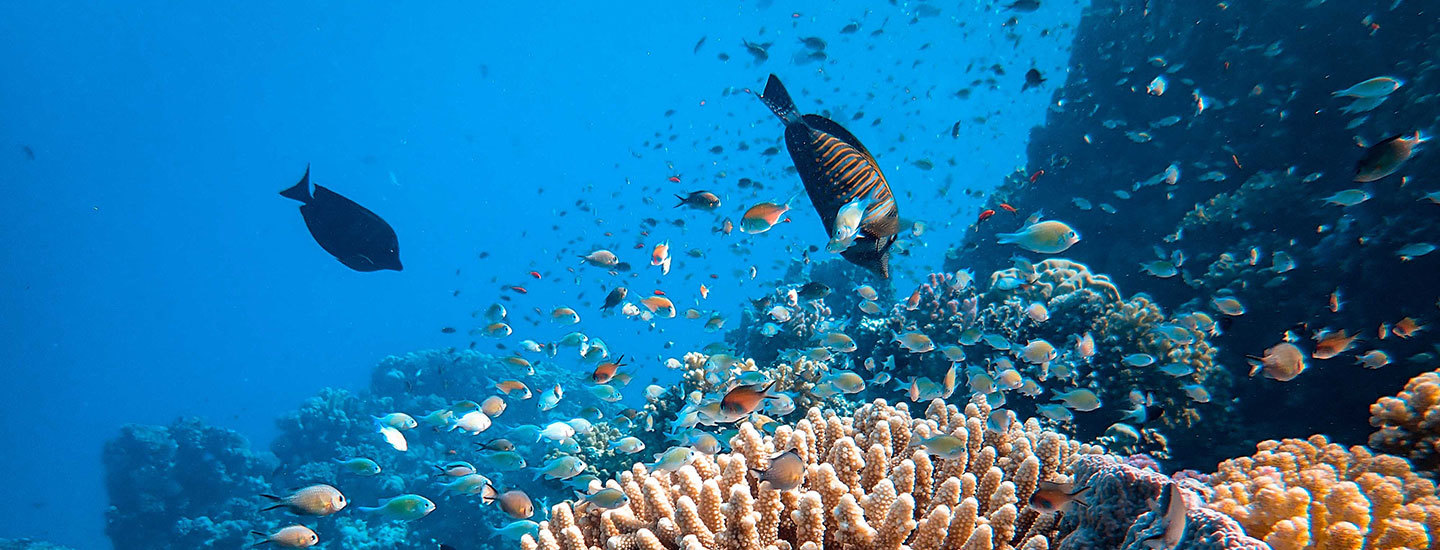
It’s no secret that the natural world is disappearing at an alarming rate. From coastal watersheds to coral reefs to the Amazon rainforest, human activities are devastating the world’s ecosystems. This damage to our environment is threatening clean air and water, wildlife populations, and the well-being of human communities. For these reasons, and to allow nature to mitigate the impacts of global warming, scientists across the globe are calling on world leaders to set aside natural areas for conservation. These calls for habitat protection have coalesced around a simple but ambitious goal: to protect 30% of the world’s ocean and land by the year 2030. With science underpinning the need for bold action, the 30x30 initiative is supported by an increasing number of organizations, stakeholder groups, and government leaders around the world.
30x30 at the Federal Level
On January 26, President Biden made history by signing an executive order to tackle the climate emergency. The order includes an ambitious goal to protect 30% of the U.S. public lands and waters by 2030 - a bold vision that will help slow the loss of nature, ameliorate the impacts of climate change, and ensure all Americans have access to the natural world.
Yet, while the Biden administration’s action is a major milestone, the real work is just beginning. Achieving 30% protection of U.S. lands and waters will require much more than a directive from Washington D.C. It will require the positive engagement of communities, stakeholders and the public to establish protections that meet both ecological and socioeconomic goals. Moreover, the call for 30x30, or protecting 30% of our public lands and waters by 2030, is about much more than fishing. It’s about addressing climate change and avoiding global mass extinction.
30x30 in California
There have also been efforts to establish 30x30 goals specific to California, including an Executive Order signed by Gavin Newsome in October 2020. The order establishes the California Biodiversity Collaborative to “bring together experts, leaders and communities from across California to advance a unified, comprehensive approach to protecting our state’s biodiversity.” Surfrider is tracking this and other conservation efforts in California. Click here to learn more.
To meet these goals, we will all need to work together using everything from high-level scientific analysis and global cooperation to local outreach and grassroots community partnerships. Meeting these goals is how we ultimately save ocean health, coastal communities and ocean and coastal recreation like surfing and fishing for generations to come.
So how do we protect 30% of each ocean habitat?
One protection tool is the establishment of marine protected areas (MPAs) or marine parks. For more than 19 years, the Surfrider Foundation has supported the creation of marine protected areas in California, Oregon, Washington, Florida, Puerto Rico, and in federal waters. There is broad scientific consensus that marine protected areas benefit marine ecosystems, support ocean recreation, and have been recognized as an important marine resource protection tool.
For example, California’s network of MPAs is showing signs of success in the form of more and larger fish and invertebrates, according to a 2019 study published in the peer-reviewed journal Ocean and Coastal Management. Another just-published study by scientists at University of California Santa Barbara shows marine reserves can increase fishery landings despite closing fishing grounds.
While fisheries management is a critical part of managing ocean resources, additional management and conservation strategies must be employed to address a broader range of goals including the protection of marine biodiversity and ecosystem function.
Surfrider believes that affected communities must be involved in the planning and management of MPAs. In 2002 we developed a Position Statement and a Policy on Marine Protected Areas, that emphasize the importance of community engagement to the success of designations.
Marine protected areas provide important benefits to human communities. They are a proactive means to protect marine environments, surfing areas, water quality, as well as cultural and recreational resources. A healthy ocean delivers immense value to people through recreation, fisheries, tourism, cultural values, and aesthetics. and MPAs can help ensure these benefits will be sustainable for the long term.
Learn More
- Surfrider’s support for 30x30
- Surfrider’s Position Statement on Marine Protected Areas
- America Nature Campaign calling for 30x30
- President Biden’s Executive Order on Tackling the Climate Crisis that calls for 30x30
- Read an update on California’s Marine Life Protection Act
